4/5 experts say yes.
But don’t dial for delivery just yet. These experts’ thumbs, though mostly up, advocate for fresh, homemade pizza—not the grease-soaked stuff from a box.
Bad news #1: A single slice of sausage pie has 14 grams of fat. Bad news #2: Pizza is the single biggest source of solid fat intake in kids: 20% of all that pizza comes from school cafeterias, and it’s pretty much equal in fat to the fast-food kind.
“Stay away from eating numerous slices at a time, and pizza laden with salty and fatty toppings,” says study author Lisa Powell, PhD, professor in the school of public health at the University of Illinois at Chicago. Her 2015 study found that on days when kids eat pizza—especially the fast-food kind—they take in more calories, saturated fat and sodium than usual. When you want to indulge, offset it with a big salad, she suggests.
All the salad in the world may not undo the damage of delivery, but rethinking the pizza can.
“Pizza is a typical Mediterranean dish, like it or not,” says Adam Drewnowski, PhD, director of the Center for Public Health Nutrition at the University of Washington. Treat it as an open-faced sandwich, he says—a vehicle for whole grains, cheese, tomatoes, vegetables and even fruit, if you’re one of those people who likes pineapple on your pie.
Pizza has a lot going for it in ingredients alone. You already know how our experts feel about cheese, and tomato sauce has a lot of nutritional potential. Because it goes through thermal processing, it packs even more antioxidants than raw tomatoes, found one 2015 study. Heating up tomatoes helps break down their cell walls and releases tomato carotenoids like lycopene, “thus increasing their absorbance,” says study author Rosa M. Lamuela-Raventos, antioxidant researcher and associate professor at the University of Barcelona. Sometimes processed food does a body good.
One group in Scotland took a stab at formulating a nutritionally perfect pizza that people would still actually like to eat. Dr. Emilie Combet, lecturer in nutrition at the University of Glasgow School of Medicine, helped create a pie that cut back on salt and saturated fat while enhancing fiber. About 77% of adults—and a surprising 81% of children—said that the revised pie tasted as good or better than what they usually ate. “With the right ingredients, and the right proportions, pizza can be part of a nutritionally balanced meal,” Combet says.
That’s the right way to treat the pizza question, agrees Jennifer M. Poti, research assistant professor in nutritional epidemiology at the University of North Carolina at Chapel Hill and the author of many pizza studies. Ditch delivery, she says, but “I would say yes to pizza with whole-grain crust, fresh vegetable toppings, and prepared with lower sodium and served in reasonable portion sizes.”
There you have it, pizza fiends. Let your love of pizza be your excuse to cook more.

Read next: Should I Drink Seltzer?
QUIZ: Should You Eat This or That?


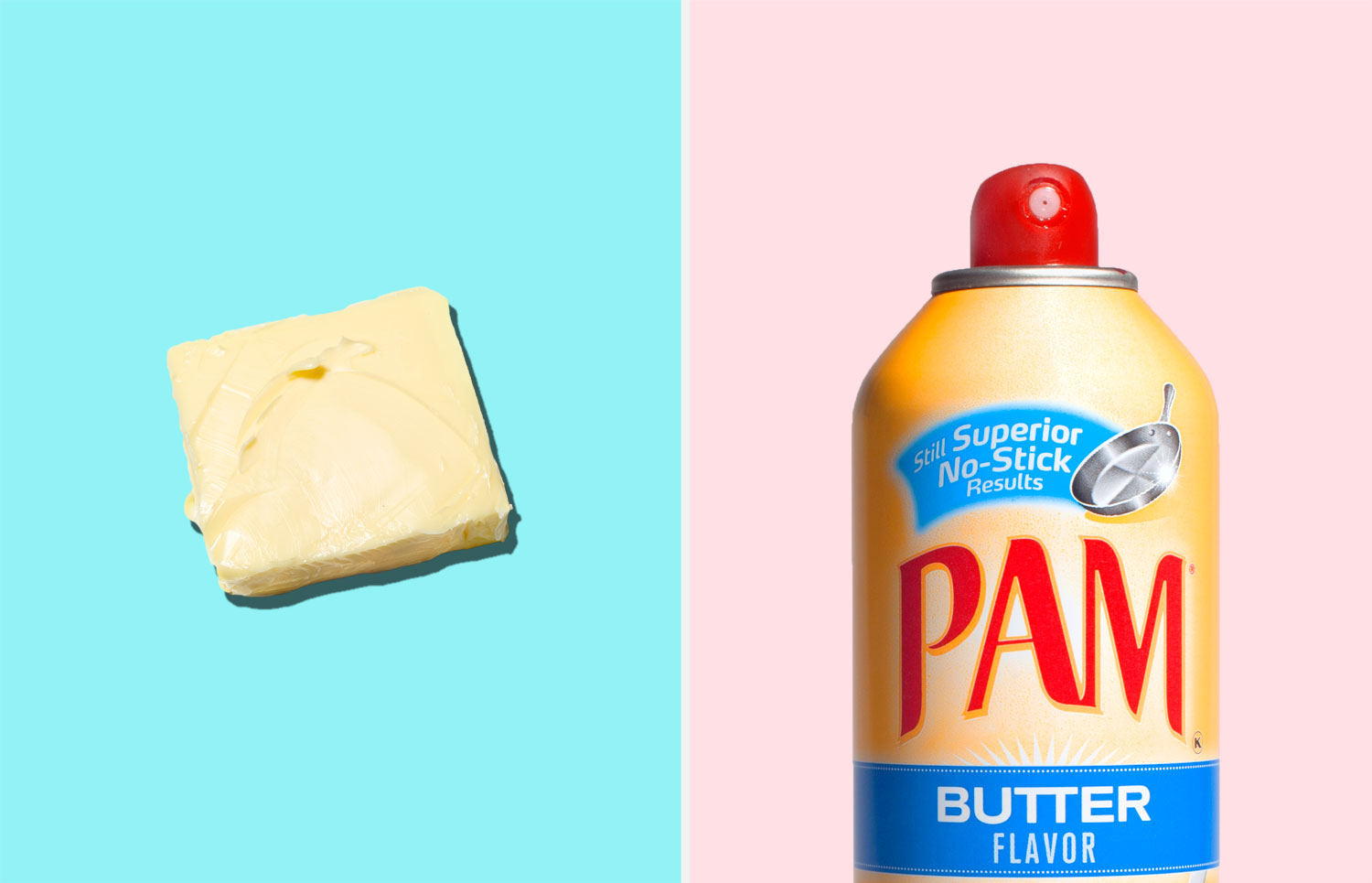
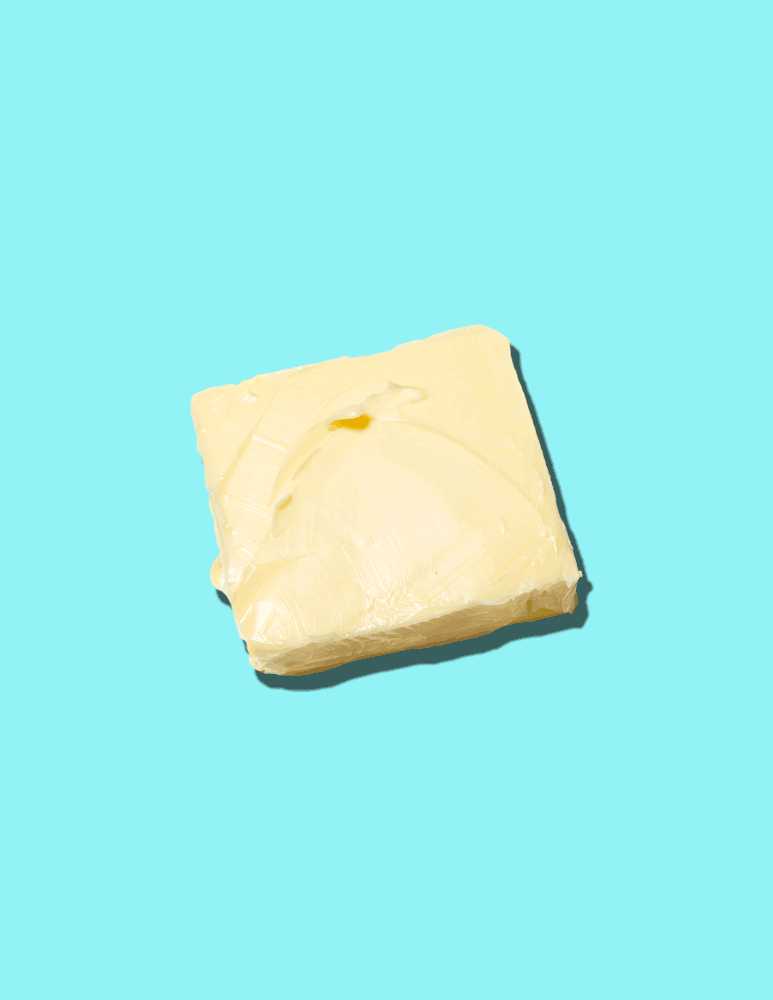
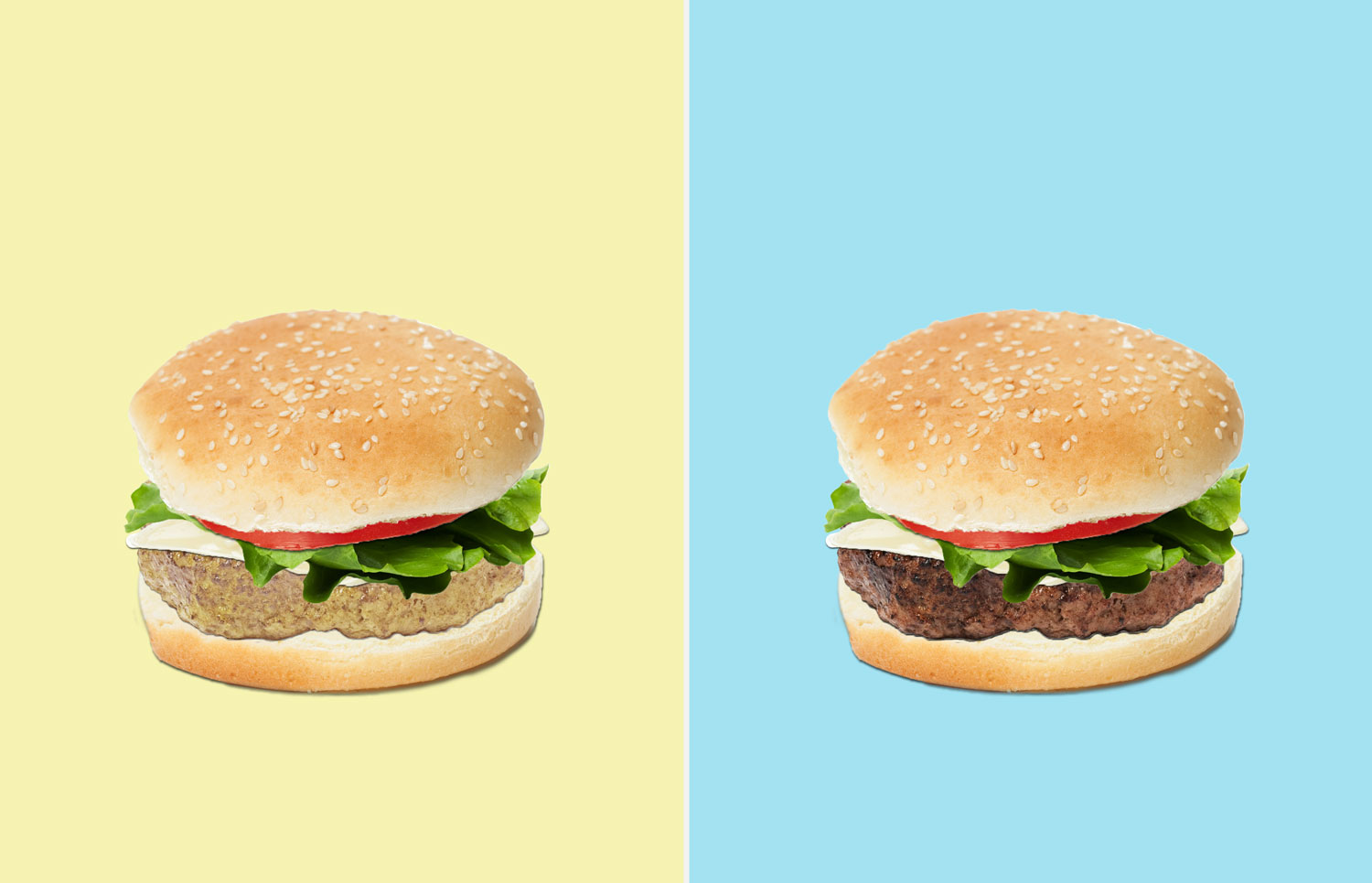
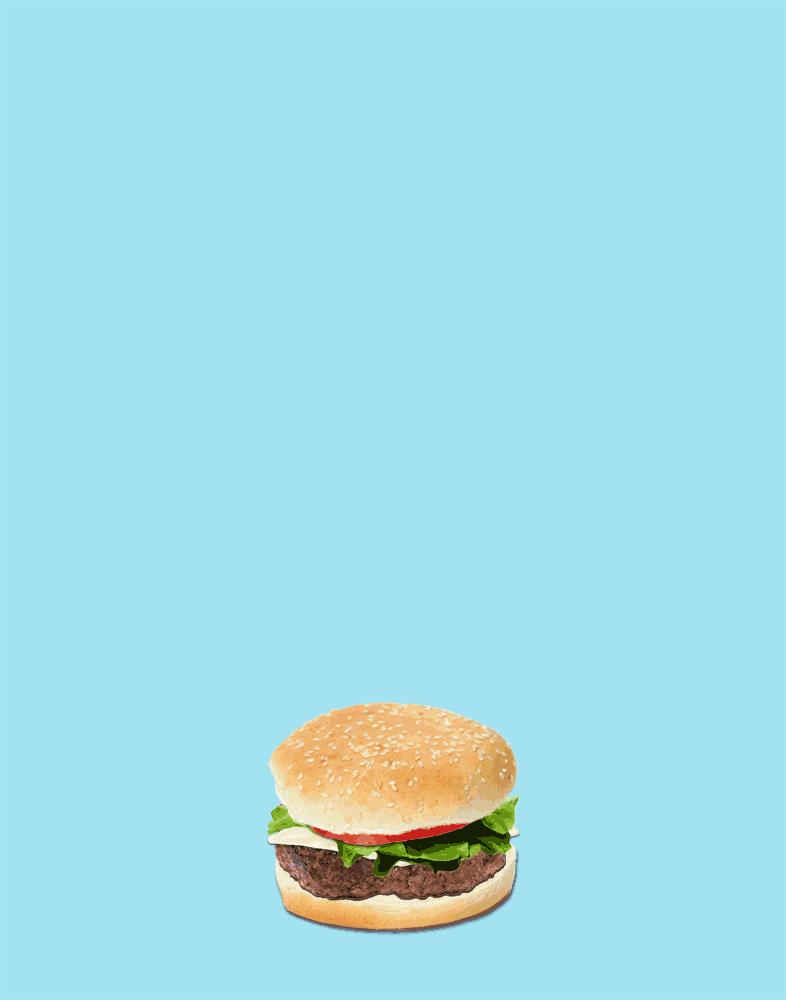
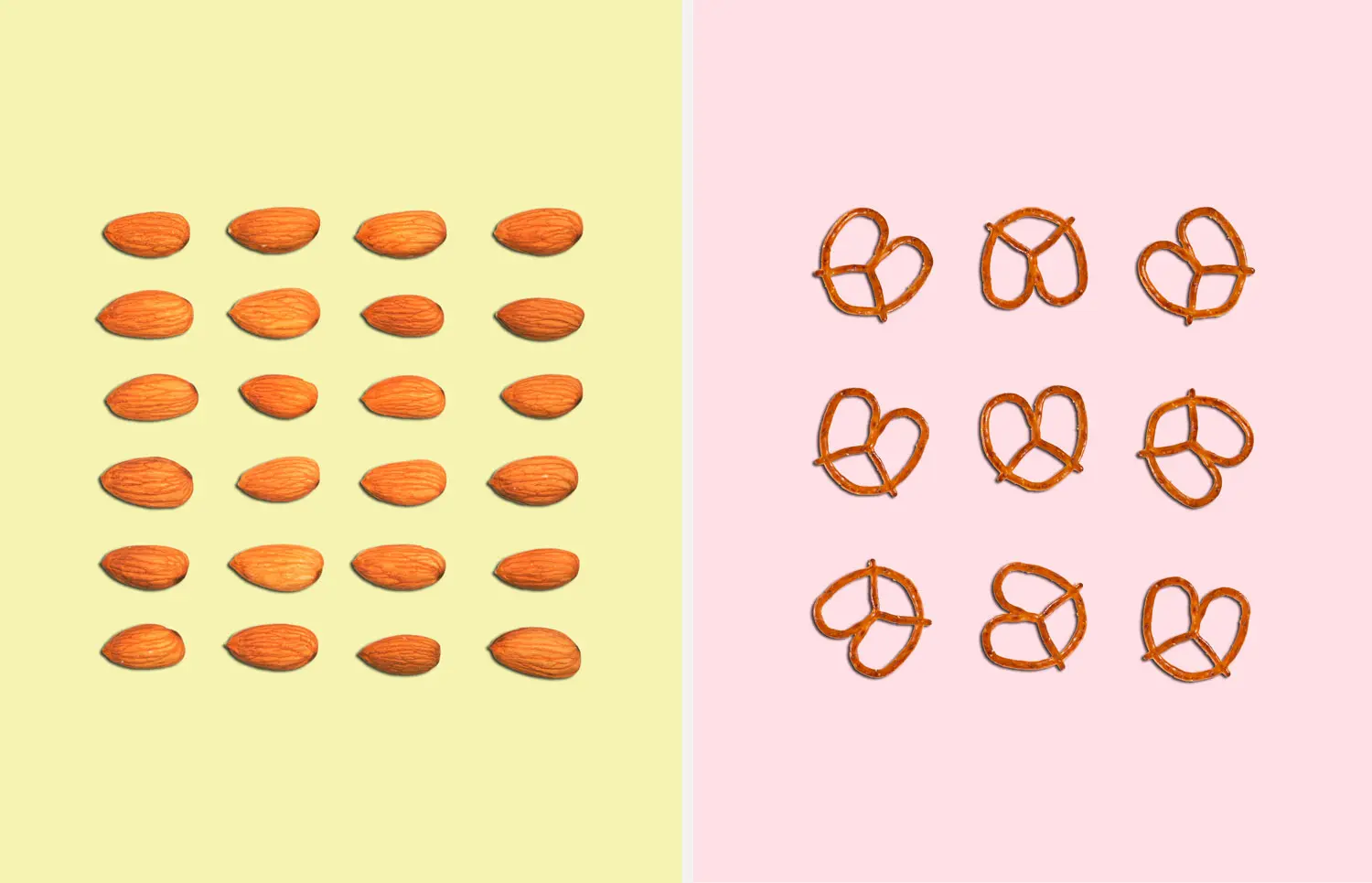
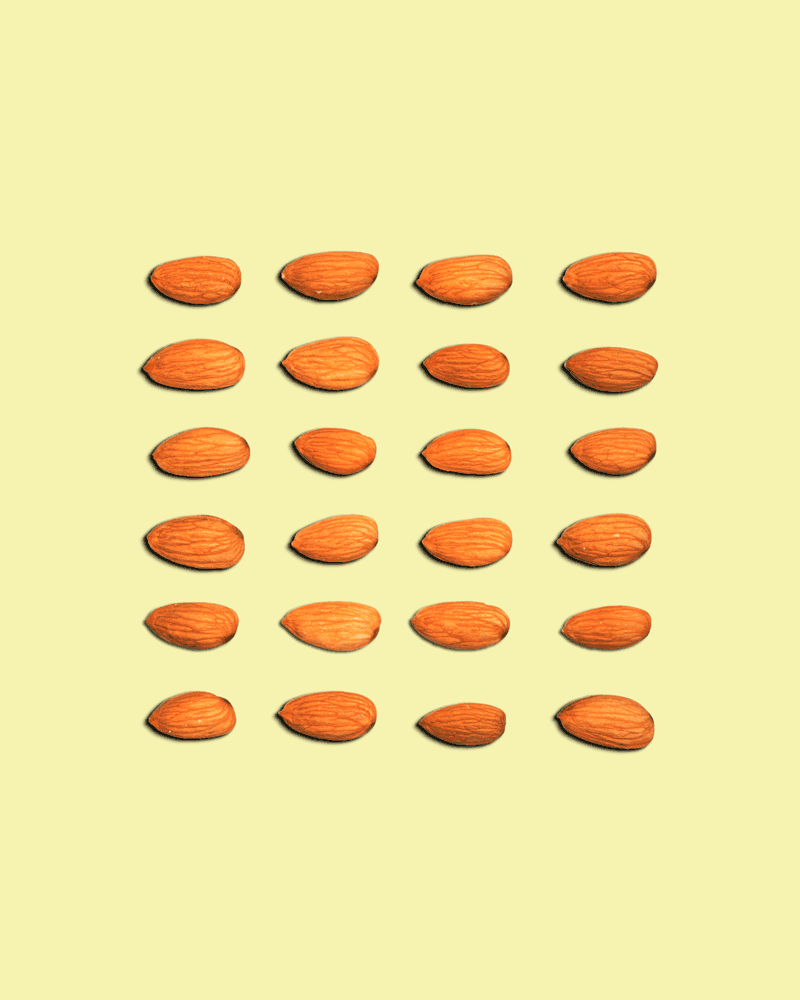






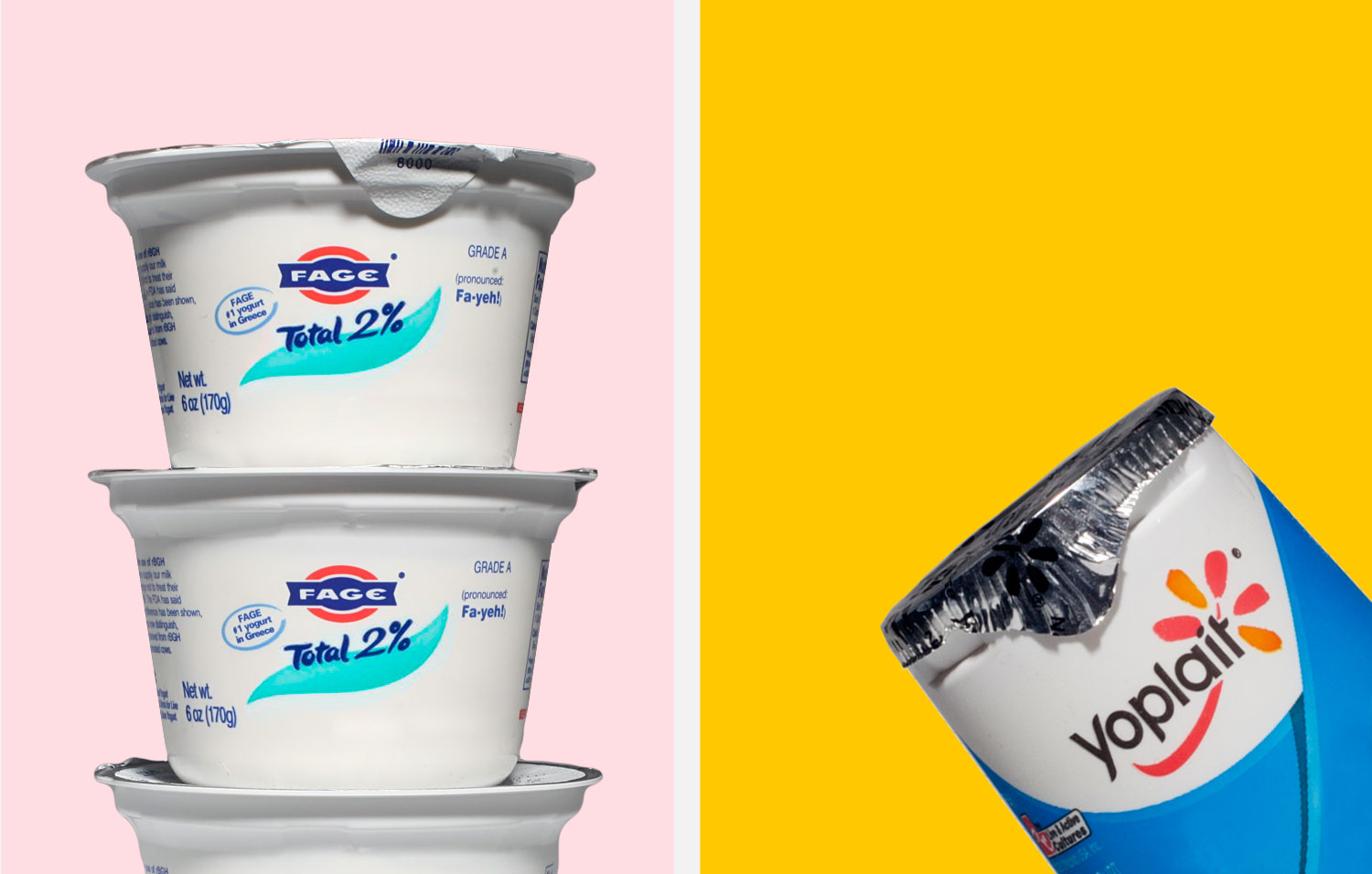

More Must-Reads from TIME
- Caitlin Clark Is TIME's 2024 Athlete of the Year
- Where Trump 2.0 Will Differ From 1.0
- Is Intermittent Fasting Good or Bad for You?
- The 100 Must-Read Books of 2024
- Column: If Optimism Feels Ridiculous Now, Try Hope
- The Future of Climate Action Is Trade Policy
- FX’s Say Nothing Is the Must-Watch Political Thriller of 2024
- Merle Bombardieri Is Helping People Make the Baby Decision
Write to Mandy Oaklander at mandy.oaklander@time.com